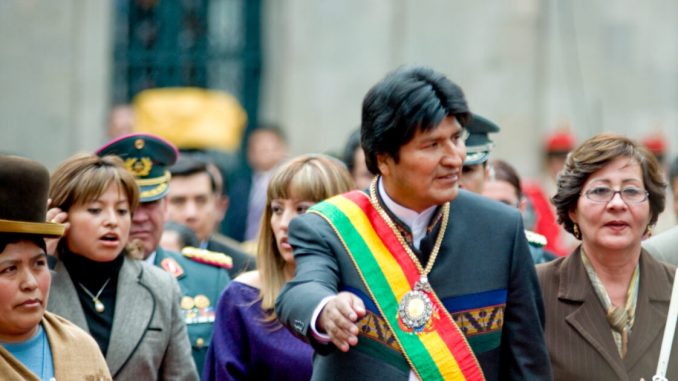
Bolivia’s former president Evo Morales, longtime leader of the Movement Toward Socialism (MAS) party. Photo courtesy of Joel Alvarez (Joels86), CC BY 3.0 https://creativecommons.org/licenses/by/3.0, via Wikimedia Commons
| Published August 20, 2025
Bolivia’s 2025 presidential election has marked a historic political shift, signaling the end of nearly two decades of dominance by the leftist Movement for Socialism (MAS) party. The first-round vote on August 17 revealed widespread discontent with MAS’s economic policies, leading to a runoff between centrist Rodrigo Paz and conservative Jorge “Tuto” Quiroga on October 19.
A Resounding Rejection of MAS
In the initial results, Rodrigo Paz, a 57-year-old economist from the Christian Democratic Party, led with 32.18% of the vote. Former President Jorge Quiroga followed with 26.94%, while MAS candidate Eduardo del Castillo secured a mere 3.16% . This outcome underscores a significant shift in voter sentiment, with MAS’s candidate finishing sixth and garnering only 3.2% of the vote. The 21.5% of null and blank ballots further reflects the electorate’s disillusionment .
Economic Crisis Fuels Change
Bolivia is grappling with severe economic challenges, including a 23% inflation rate, a fiscal deficit exceeding 10% of GDP, and a devalued currency. These issues have eroded public confidence in MAS’s economic stewardship. Both Paz and Quiroga advocate for substantial economic reforms: Paz proposes decentralizing public spending and introducing blockchain technology for anti-corruption measures, while Quiroga emphasizes fiscal austerity and privatization .
The Decline of Evo Morales’s Influence
Former President Evo Morales, who led Bolivia from 2006 to 2019, founded MAS and was a prominent figure in Latin America’s “pink tide” of leftist leaders. However, his influence has waned due to economic mismanagement and allegations of corruption. Morales’s call for a boycott of the election did not resonate with voters, as evidenced by the high percentage of valid votes cast .
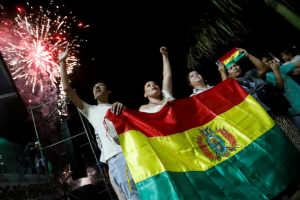
People celebrate after early official results in Santa Cruz, Bolivia. REUTERS/Ipa Ibanez
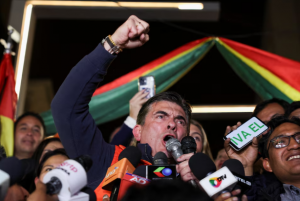
Bolivian presidential candidate centrist Senator Rodrigo Paz of the Christian Democratic Party (PDC) speaks as early official results show him leading. REUTERS/Pilar Olivares
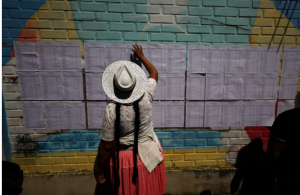
A woman looks for her name on the voters list outside a polling station in Entre Rios, Cochabamba. REUTERS/Agustin Marcarian
 Implications
Implications
1. Political Realignment in Bolivia
-
The historic defeat of MAS (Movement for Socialism) signals a clear shift away from nearly two decades of leftist dominance.
-
Centrist and right-leaning policies are likely to gain traction, with potential changes in governance style, policymaking, and priorities.
-
MAS’s poor performance (3.16% of the vote) and Evo Morales’s waning influence suggest that the party may struggle to rebuild its political base in the near future.
2. Economic Policy Shifts
-
Bolivia faces high inflation (23%), a fiscal deficit exceeding 10% of GDP, and currency devaluation.
-
The leading candidates, Rodrigo Paz (centrist) and Jorge Quiroga (conservative), are likely to implement reforms such as:
-
Decentralization of public spending (Paz)
-
Blockchain technology for anti-corruption (Paz)
-
Fiscal austerity and privatization (Quiroga)
-
-
A shift toward market-oriented policies could attract foreign investment and aim to stabilize the economy but may also involve social trade-offs, such as reduced subsidies or state support.
3. Regional Implications
-
Bolivia’s turn away from socialism may influence neighboring countries that have leftist governments or are reconsidering similar economic models.
-
This could contribute to a broader trend in Latin America toward more pragmatic, market-friendly policies, especially in nations grappling with inflation, debt, or corruption.
4. Impact on Social Programs
-
MAS historically emphasized social programs and state intervention.
-
A new administration may reduce the scope of these programs or restructure them, affecting education, healthcare, and indigenous community support.
-
This could lead to social tension if reforms are perceived as reducing benefits for vulnerable populations.
5. Electoral Engagement and Legitimacy
-
High rates of null and blank ballots (21.5%) indicate voter disillusionment with the political status quo.
-
The October runoff will test whether Bolivians consolidate around a clear alternative or remain fragmented.
-
The results will either reaffirm democratic processes or highlight underlying political polarization.
6. Erosion of Morales’s Legacy
-
Evo Morales and MAS are no longer seen as credible economic managers by the electorate.
-
This may weaken Morales’s influence not only domestically but also within regional alliances, potentially reducing his ability to shape policy or support leftist movements abroad.
 Overall Takeaway:
Overall Takeaway:
Bolivia’s 2025 presidential election represents a decisive rejection of nearly two decades of socialist governance under the MAS party. Voters, frustrated by rampant inflation, fiscal deficits, and economic mismanagement, have signaled a clear preference for policies that prioritize fiscal discipline, market-driven solutions, and individual opportunity.
The rise of centrist and conservative contenders, Rodrigo Paz and Jorge “Tuto” Quiroga, underscores the public’s demand for accountability, transparency, and a stronger private sector. Economic reforms, including decentralization of spending, anti-corruption initiatives, and privatization, promise to restore investor confidence, stabilize the currency, and stimulate growth.
This political shift not only restores balance to Bolivia’s governance but also serves as a broader lesson across Latin America: prolonged leftist rule without sustainable economic stewardship risks public discontent. Bolivia’s electorate has chosen a path of pragmatism, fiscal responsibility, and market-oriented reform—a path that could herald renewed prosperity and regional competitiveness.




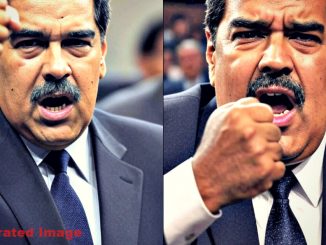
Be the first to comment